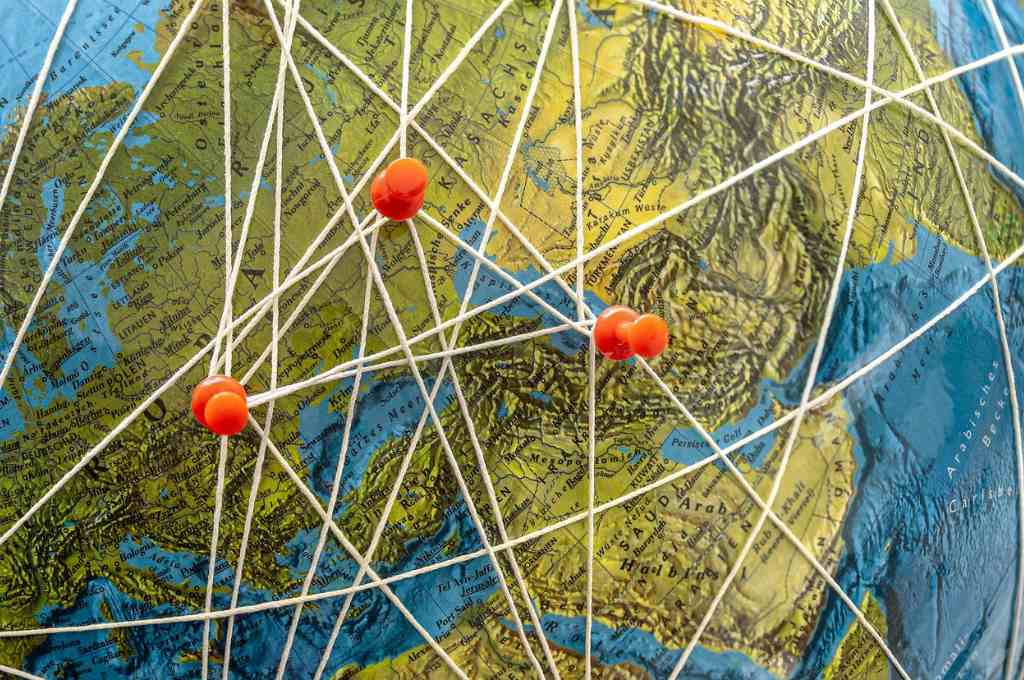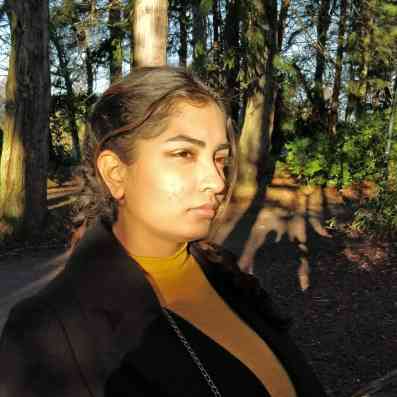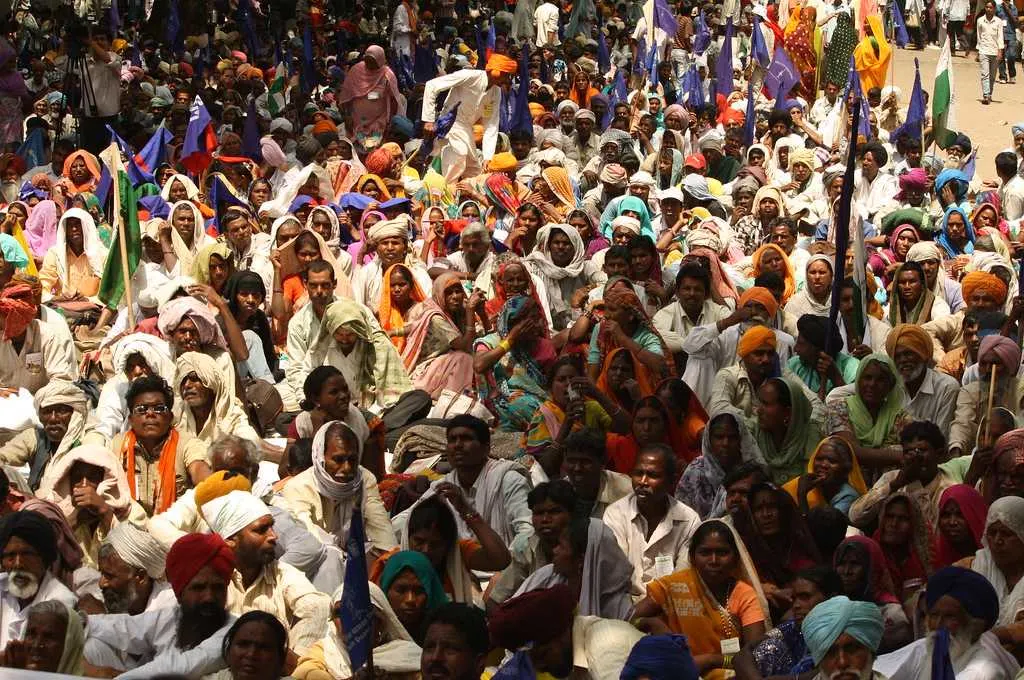Robert Rosen is the director of philanthropic partnerships at Bill & Melinda Gates Foundation (BMGF) and oversees the foundation’s relationship with philanthropists and organisations across the globe.
In this interview with IDR, Rob talks about the changing nature of philanthropy since the COVID-19 pandemic, learnings from different regions and cultures of giving, and the importance of talking about failure.

How are you seeing foundations and philanthropists across the world think and act as we emerge from the COVID-19 pandemic?
A crisis can really show what’s possible, and during the pandemic, we saw some meaningful responses, both at an institutional and individual level. Citizens moved quickly to act—focussing on things such as testing kits, finding ICU beds, organising oxygen concentrators, and food.
On the organisational front, we saw several examples of collectives forming to drive money and attention to those affected. For example, GiveIndia launched the India COVID Response Fund in March 2020 to mobilise capital from philanthropists, foundations, and individuals. In addition, a collective of venture capitalists and tech entrepreneurs came together in April 2020 to launch Action COVID Taskforce (ACT) grants. Rapid Rural Community Response (RCRC) To COVID-19 In India, a coalition of more than 50 non-profits was also formed to enable a rapid rural community response to the pandemic. It made us realise that philanthropy in partnership with governments, communities, and nonprofits can be responsive and engage swiftly.
During COVID, people broke barriers and figured out how to collaborate more.
Secondly, we often talk about the value of collaboration in philanthropy, but historically it has not been as common as we’d like to see. During COVID, people broke barriers and figured out how to collaborate more. Many philanthropists were willing to trust that we may not have all the answers individually, but collectively, we could attempt to address the enormity of the problem.
The pandemic also brought the issue of inequity to the forefront. There was a split between people who had the resources to adjust to the new normal and those who didn’t. And the pandemic taught us how inequity shows up in visceral ways and how to work towards fixing that.
Are you seeing some of the learnings continue?
I’m optimistic that some of them will continue as we navigate the post-pandemic world. An important factor in this is that the pandemic wasn’t a short-term crisis. In disaster relief, for example, the urgency fades away after a couple of months. But this is a long-term crisis that needs long-term solutions. We are certainly seeing a sustained increase in philanthropic collaboration, particularly through more formal donor collaboratives such as The GROW Fund, Tribal Health Collaborative, India Climate Collaborative, Dasra Adolescents Collaborative, and Co-Impact. I suppose we will have to revisit this conversation in a couple of years and see how everything unfolds.
Over the past few years, we’re seeing newer philanthropists emerge across Asia. Are they doing anything differently? Do you think there are things that Western philanthropists can learn from their counterparts in India?
Everyone can and should learn from each other. Anything that gets a broader perspective is helpful. For instance, when in 2013, non-US givers like Mr Azim Premji joined the Giving Pledge, the collective wisdom of the group increased dramatically.
There’s this connection in Asia that is quite powerful when you think about the role of individuals and their businesses. It is a little bit more intertwined. I also find collaboration with governments quite interesting in the region. An example that comes to mind is the Azim Premji Foundation working with the government and healthcare workers. It offers an opportunity to act holistically and identify ways in which government, philanthropy and industry can work together, to unlock scale and sustainability for the long term.
We’re also seeing emerging support for the ecosystem overall. And that is important because there is some newness to be seen in institutions in Asia such as Centre for Social Innovation in Singapore or Centre for Social Impact and Philanthropy at Ashoka University in India.
What would it look like to enable givers at all levels to have the trust, confidence, information, and support that they need to really thrive? It requires taking a fresh look at the different components and infrastructure needs for the supporting ecosystem and helping build it for the next generation.
I think a lot of helpful knowledge-sharing is taking place, be it from the US to Asia, or from Asia to the US, or even from one country to another within Asia, and this cross-pollination of ideas is very encouraging.

How do you think we can do this?
Sharing ideas is an area that the field has struggled with a bit. We at Bill & Melinda Gates Foundation focus a lot on the role we can play as conveners, and COVID-19 has taught all of us to be more open to new ideas. Getting people together and engaging in a meaningful way is extremely valuable and we have to continue to think about how this can be managed best.
The willingness to embrace things with an open mind is also crucial. I’m glad you asked the question the way you did because often people ask me what we can learn from the American perspective. And every time my answer is that we can all learn from each other.
There are going to be differences from culture to culture but generosity cuts across humanity. There is no monopoly by one culture. The Middle East, for example, has an extraordinary amount of giving. We need to find ways to inspire people to be thoughtful about where their giving is going.
You spoke about what you’d like to see more of, like collaborations and learnings. Is there something you’d like to see less of?
I get concerned when people are overly rigid in terms of prescribing what’s good giving and what isn’t. That being said, COVID-19 has made the different hierarchies of needs very clear. Any time there is generosity we as a society should applaud and encourage that. But at the same time, I would like to see people be thoughtful about the opportunities in front of them, and where their resources might go.
It is understandable that people might focus their giving on the affiliations they have, whether that’s a university or church or something else. But it would be nice for them to think a little more holistically about their portfolio. This doesn’t apply to only wealthy donors, but to everyone who donates.
We should highlight more organisations that are doing great work so that they can grow and scale.
I am also a little concerned that givers can have a distorted view of a recipient organisation if the organisation has a lot of resources to focus on fundraising. To put it in other terms, should a product with the highest marketing budget win over a product that’s better but has no marketing? We should highlight more organisations that are doing great work so that they can grow and scale.
But how do you change that?
There’s a very important role that intermediaries can play here. An individual organisation might be doing incredible work but may not be visible to Western donors. We can basket organisations working on the same issues and provide them with a trusted intermediary. For example, if I want to focus on homelessness in Seattle, I can rely on Seattle Foundation to know which organisations can make the most difference with my donation. Such trusted intermediaries can be hugely helpful.
So first, as donors, we should figure out what areas and issues we care the most about. And then discover organisations through these intermediaries. Technology can also play a huge role in curating and bringing these opportunities closer.
Usually attention has been focused on big money in philanthropy. But we are beginning to see more smaller philanthropists emerging. How do we provide support to these philanthropists?
I think it’s understandable why large donors make headlines and draw attention. But this should not be at the cost of ignoring everyday donors. In the US context, everyday donors are a huge part of funding. It’s also almost entirely unrestricted funding, which is valuable for the recipient nonprofits, and critical to the fabric of civil society and a thriving democracy.
Incentives certainly matter. Structural incentives such as tax policies can help. We also need to create visible pathways for donors, and I believe that’s where technology and media can help.
We always hear about how nonprofits should talk of failure. Could you shed some light on why it’s important to talk about failure in philanthropy as well?
Talking about failure is very important. People need to take on risky things and be okay with failing. This is how innovations happen. Think about how many clinical trials don’t work, or how many promising interventions do not turn out as expected.
In philanthropy, we need to learn about why something works and why something doesn’t. In order to do this, we need to foster a safe and encouraging environment for communication. It’s natural to get things wrong. But you need to fail fast and move on. How do we move on if we don’t realise what’s going wrong? Not talking about failure is dangerous to the field. It is extremely tragic to get the same things wrong thrice or four times because nobody shared why it went wrong the first or second time. And in our field, we see a repetition of the same kinds of failures.
Why is it that philanthropists don’t talk about failure as much?
Honestly, it takes willingness to embrace it. We talk so much about why people give. But I also want to hear about why they don’t give, or why they don’t give more than they already do. If they have a plan to give out USD 2 billion, why is it that they are only at USD 200 million? This is still an extraordinary amount, but if you look at the timeline for when they might reach their goal of USD 2 billion, the track is just not right. And, because this is an optional exercise, nobody wants to feel like they squandered their money.
The potential of having a huge impact is so high and so exhilarating that coming around and recognising that an initiative that was, let’s say, USD 20 million led to no results can be very disappointing. So, on a human level, it’s very understandable why people might not want to fully embrace that. We need to create peer networks where conversations like these are encouraged and supported. I’m a part of such a network—it is inspiring, and is a place for both positive feedback and thoughtful cautions. It’s helpful to have a blueprint of what someone followed and why it didn’t work for them. It helps us learn.
*Rob Rosen was a speaker at the AVPN Global Conference 2022, where he spoke about ‘The Catalytic Role of Philanthropy.’
—
Know more
- Read this interview with Vidya Shah of EdelGive Foundation to learn more about philanthropy in India during Covid-19.
- Read this article to learn more about how philanthropy has transformed since COVID-19.






